In Nantes, a city turned towards the ocean, the Musée d’arts is offering a fascinating escape into the golden age of the giants of the seas with the exhibition ” Liners 1913-1942, a transatlantic aesthetic “.
This exhibition explores the influence of ocean liners on the art and design of the first half of the 20th century. As modernist objects that were both immense when docked and microscopic on the oceans, ocean liners fascinated the avant-garde and influenced all the arts, from literature and architecture to posters, photography, painting and fashion.
Let yourself be carried away by this artistic journey! Zoom in on this new exhibition, on view until 23 February 2025.
Article produced in collaboration with the Musée d’arts de Nantes
The ocean liner, a modernist object
Just over 110 years ago, in 1913, America was looking to Europe: the Armory Show opened its doors and introduced the United States to the avant-garde.
One of the sources of inspiration for artists of the time was the ocean liner. A modernist object par excellence, with its impressive shipyards, large chimneys and outsized proportions that made it a floating building, the ocean liner fascinated all artistic circles.

For European countries, ocean liners represent the power of their nation. Britain’s Queen Mary (1934), Germany’s Europa (1928), Italy’s Rex and France’s Normandie (1935) are in a continuous race to win the ” Blue Ribbon ” which rewards the fastest crossing of the North Atlantic.
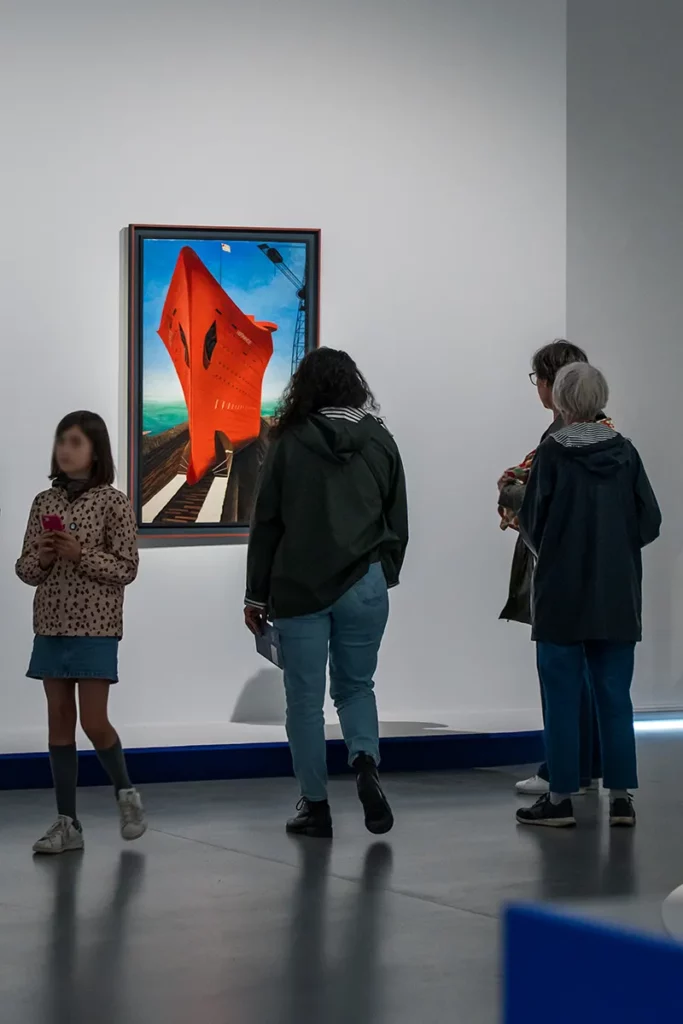
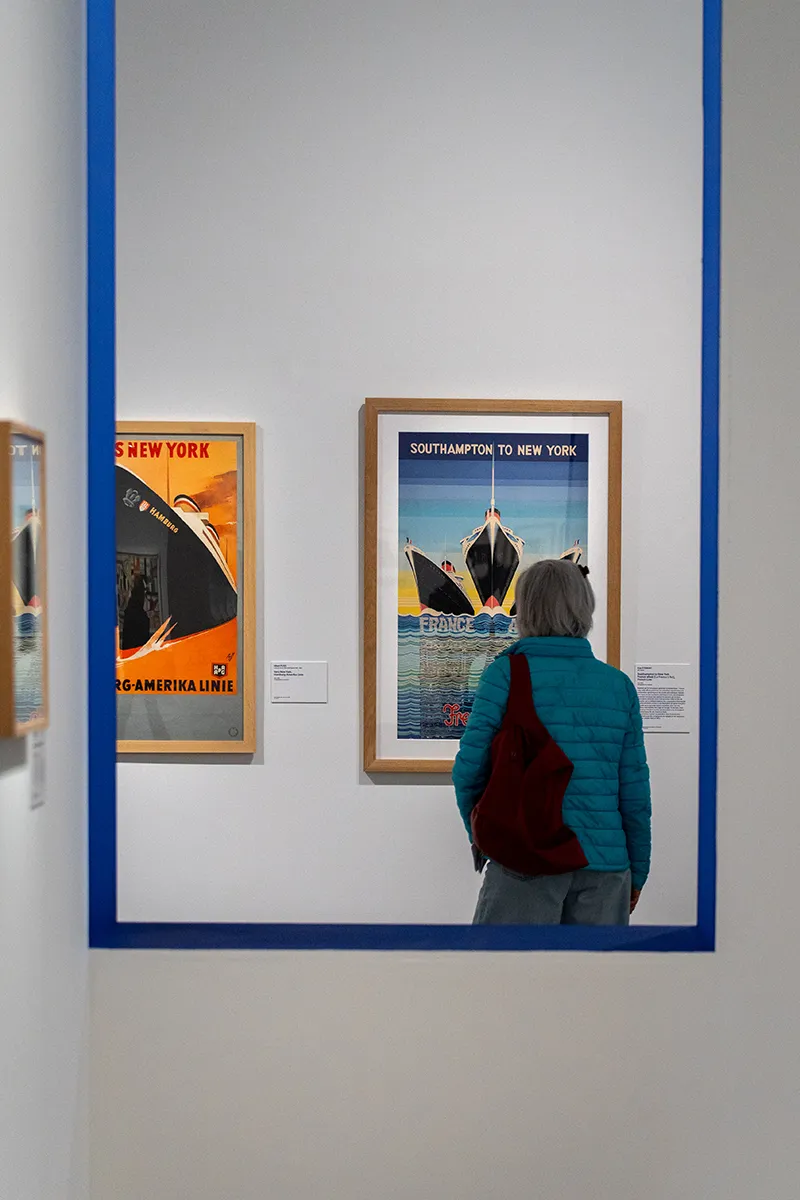
To showcase the prowess of these giants of the seas, posters, advertisements and magazines proliferated, like those designed by Cassandre, Paul Colin and Jean Auvigné. With the photographic revolution, many photographs also appeared to present the epics of the new liners.
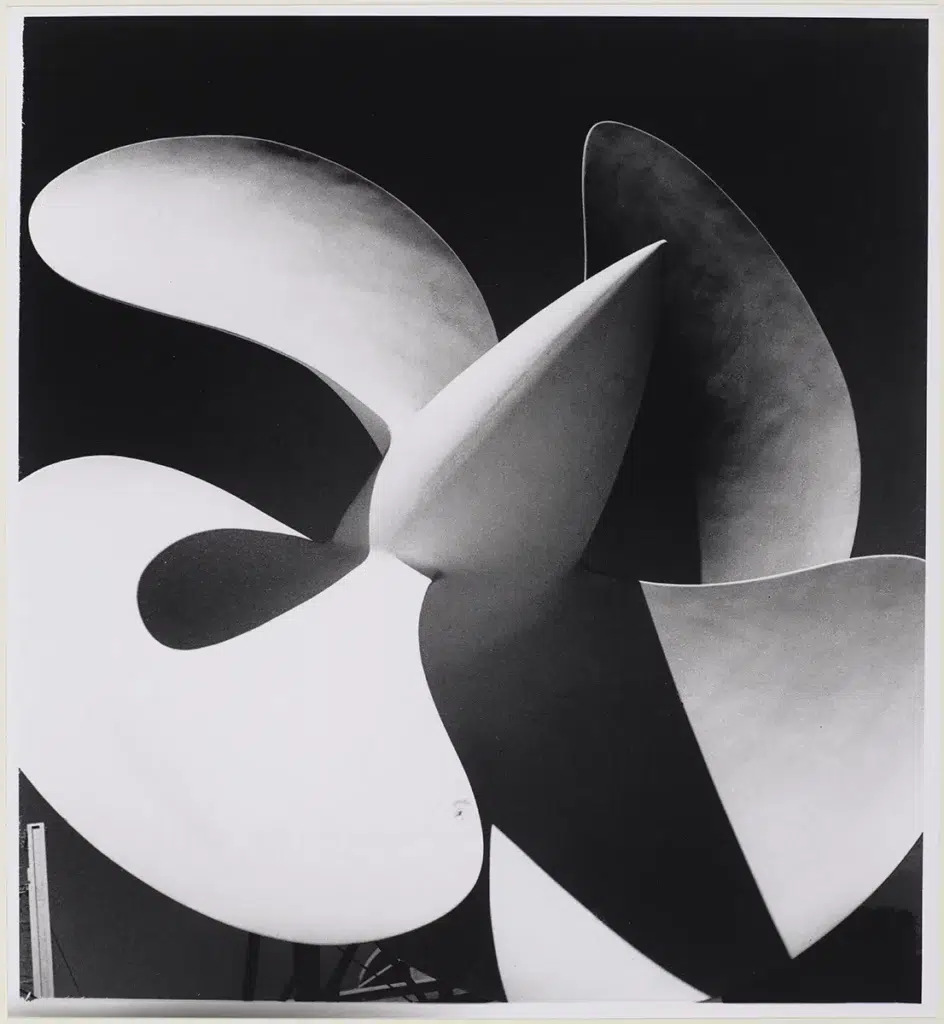
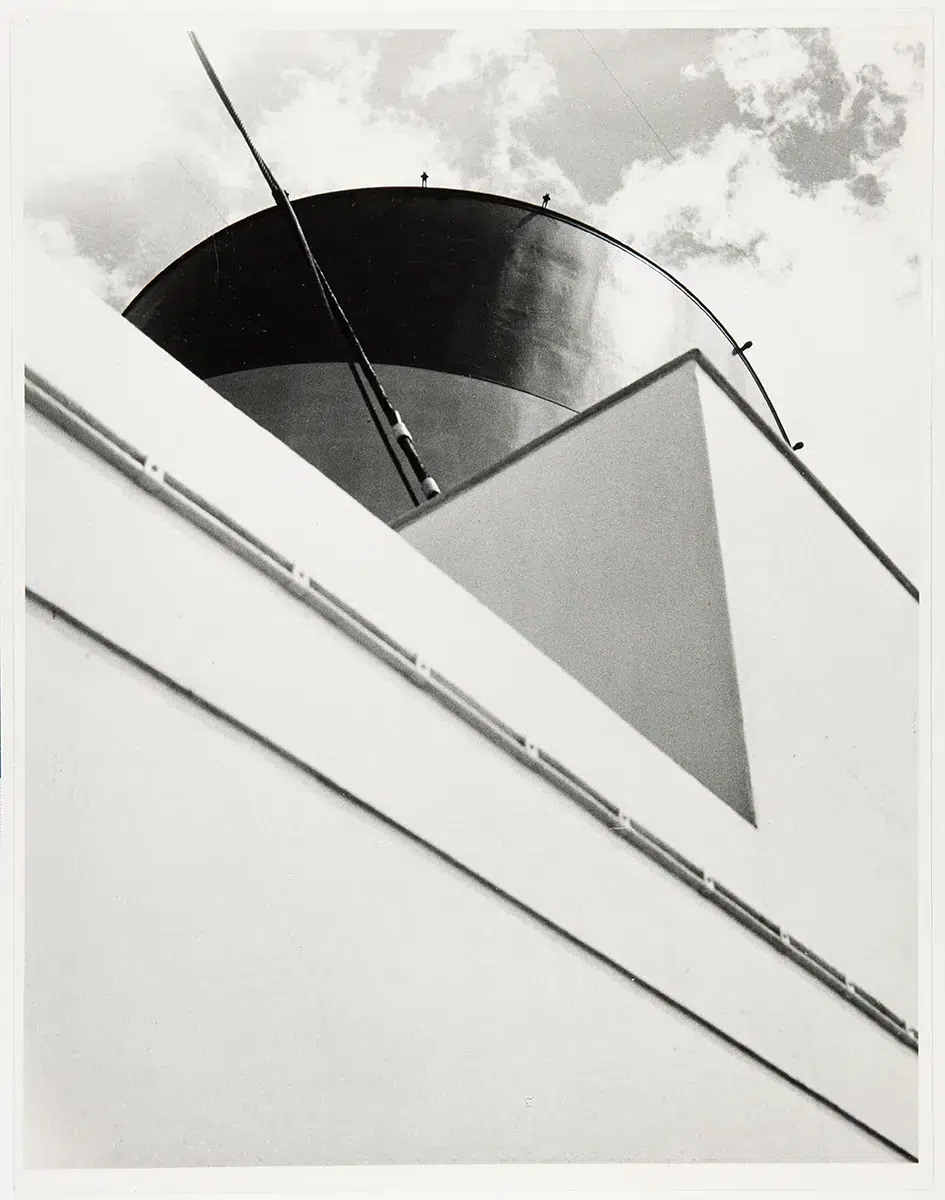
But the influence of ocean liners did not stop there: decorators and architects were in turn inspired by the powerful, aerodynamic silhouettes of these giants of the seas. Robert Mallet-Stevens, Eileen Gray and Le Corbusier saw liners as a renewal of architectural aesthetics.
Painters, poster artists and film-makers were also drawn to these great machines, witnesses to a new industrial world.
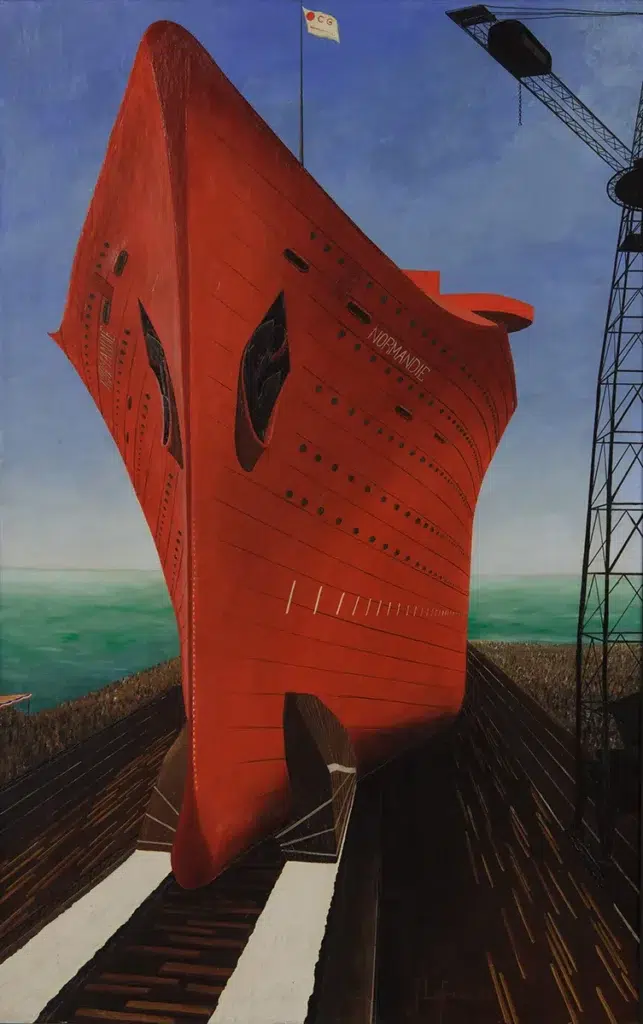

The travel experience
Ocean liners embody a paradox: on the quayside they are immense and impressive, while on the waves they appear tiny and frail. On board, everything is done to protect the passenger from the awareness of this fragility: the codes of the palace are adopted, making liners a luxurious object, particularly in first class.
French companies are making liners a symbol of the art of living, touting their comfort, culinary tradition and luxurious decor. A veritable floating showcase, the first-class lounges and suites were decorated by the greatest artists of the time(Dupas, Dunand…) and used to showcase the finest creations of the day. Miniature replicas of the Normandie’s décor were acquired by wealthy passengers.

On board, passengers are offered a wide range of activities to stave off boredom. The decks become playgrounds of all kinds: tennis, races and even pigeon shooting!
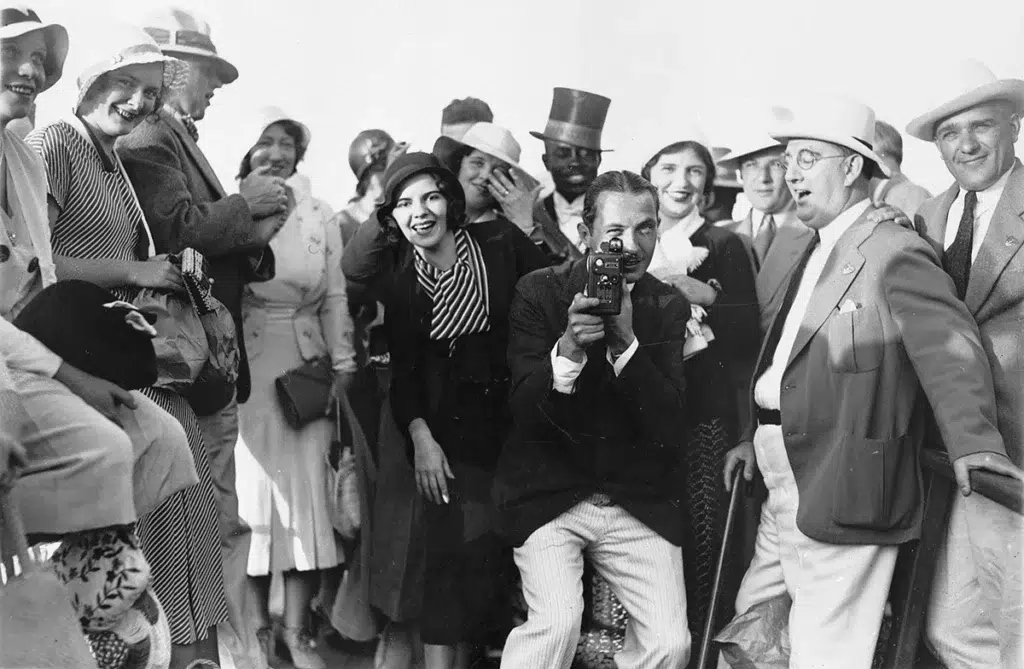
In the 1920s and 1930s, the liner became a laboratory for modern life where people took pleasure in soaking up the sun and practising sport. Revolutionary outfits for the time were adopted: swimming costumes, pyjamas, shorts… while dinners were an opportunity to wear outfits made by the greatest haute couture houses. Life on board also marked a revolution in women’s style, with the advent of T-shirts, sailboats, trousers and short hair.
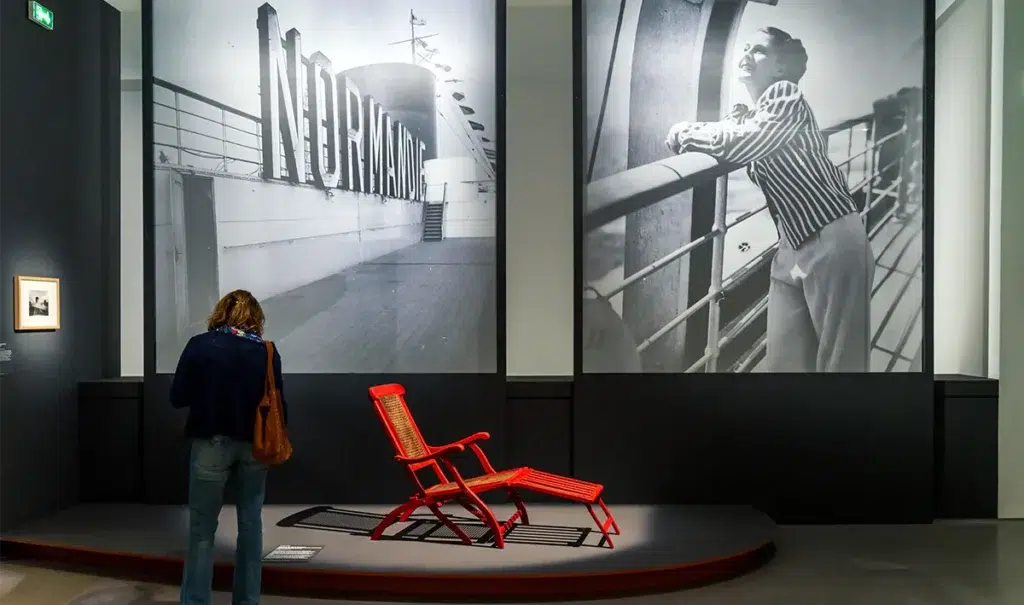
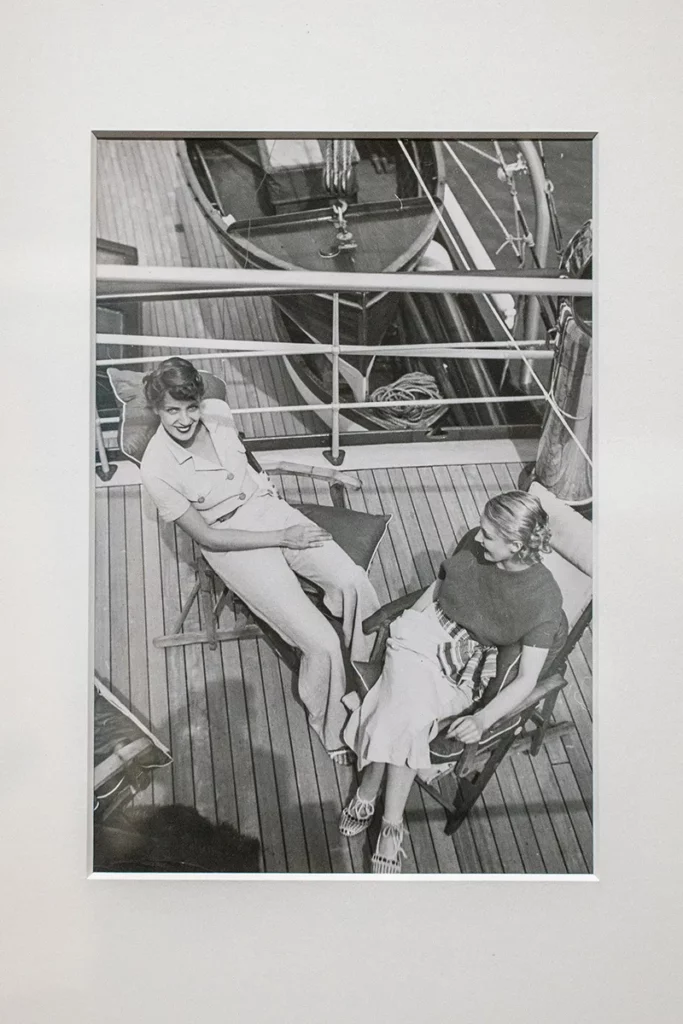
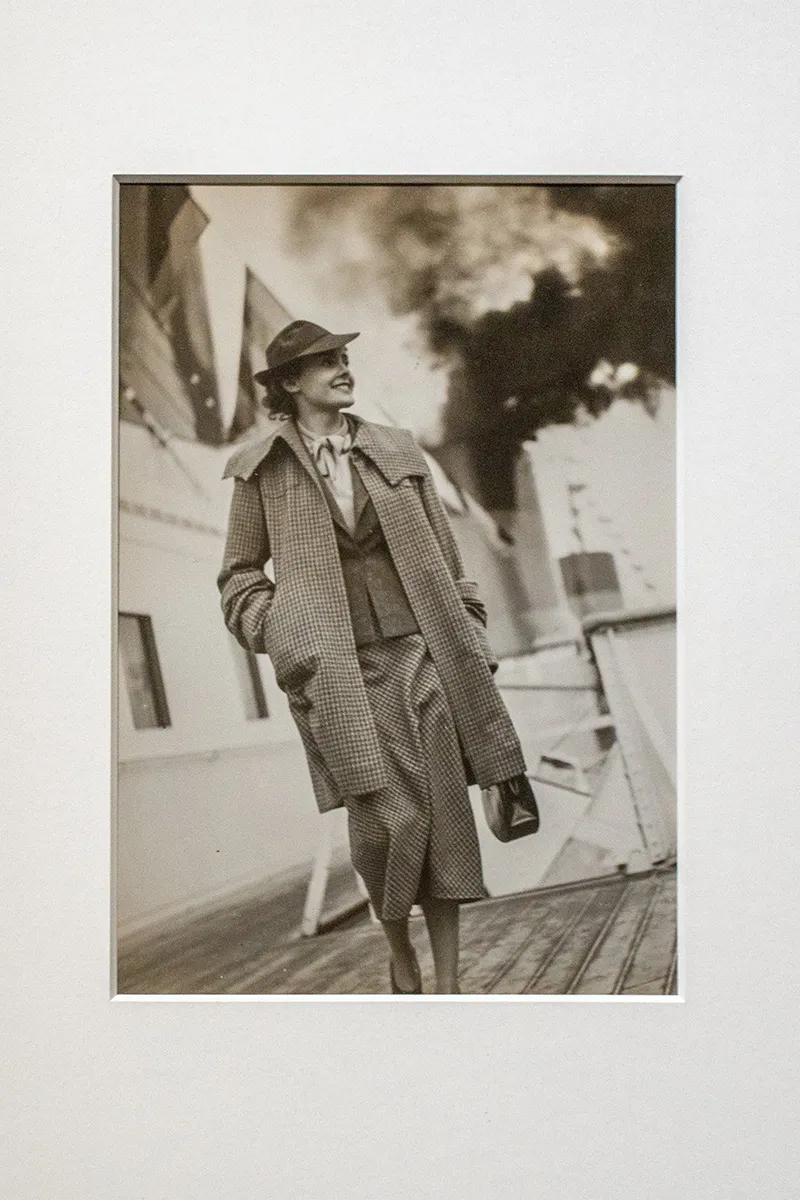
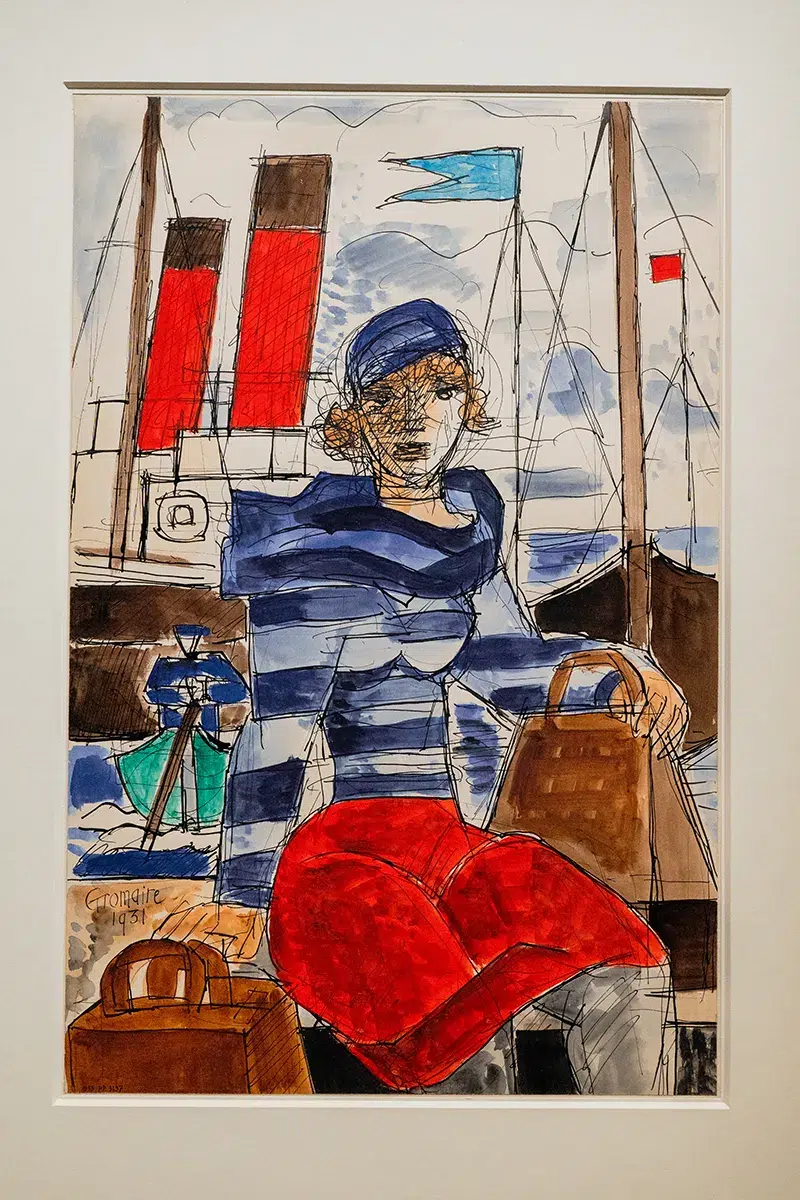
A bridge between two continents, the transatlantic crossing is more than just a journey. For a few days, the crossings are neither in Europe nor the United States, it’s a suspended moment, a stateless interlude while the old continent watches the rise of nationalism.
An immersive room
To get an idea of what the crossing experience was like, an immersive room projects archive images, quotes, amateur documentaries and Hollywood film extracts onto three screens.
The flight from Europe
The exhibition closes with the year 1942. This period, marked by the Second World War, marked the end of the cosmopolitan dream.
The Surrealists fled to New York and the departure of many people, targets of totalitarian regimes, made the liner an instrument of exile. Life on board then no longer had anything to do with the moments of joy and leisure of previous years; the crossing was uncertain and painful, as the works of Lasar Segall, Marcel Duchamp and Kay Sage testify.

1942 also marked the sinking of the Normandie, immortalised in an impressive photographic report.
The sad end of the Normandie
Built from 1931 in Saint-Nazaire, the Normandie was requisitioned at the end of 1941 by the United States and renamed USS Lafayette to be used as a troop transport. In 1942, during refitting work, a fire broke out and the large quantities of water used to bring the fire under control caused the ship to capsize.
The carcass of the boat remained in New York harbour for several years before being demolished.
This exciting exhibition can be seen until 23 February 2025 at the Musée d’arts de Nantes. It will then be presented from 5 April to 21 September 2025 at the MuMA – Musée d’art Moderne André Malraux – in Le Havre.
A work by Hans Op de Beeck to be discovered alongside the exhibition
In the Chapelle de l’Oratoire, the Musée d’arts de Nantes is presenting Sea of Tranquillity, a work by contemporary artist Hans Op de Beeck consisting of a monumental model of a fictional ship and a short film that plunges us into this liner that is both strange and menacing as it plods through the night.
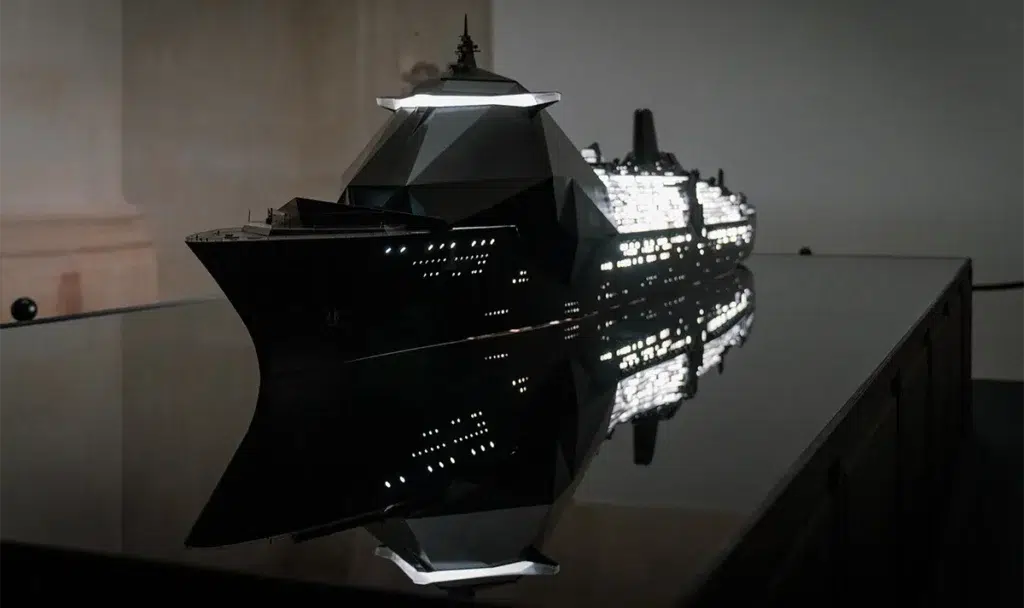
Particularly striking, sublimated by the calm of the Chapel where it is exhibited, this captivating work is a must-see.
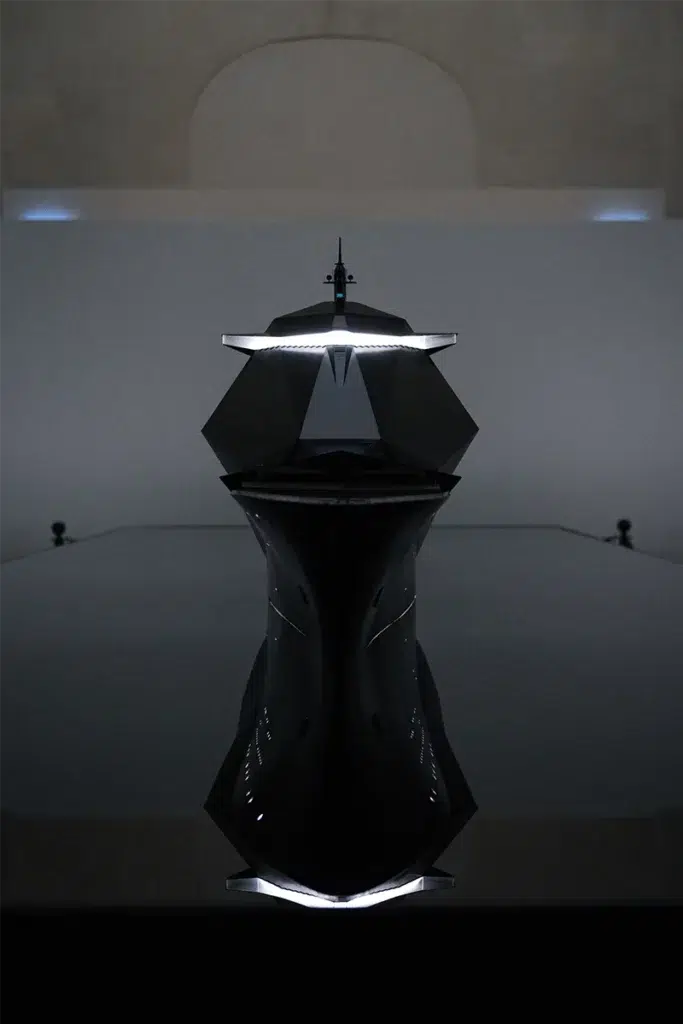
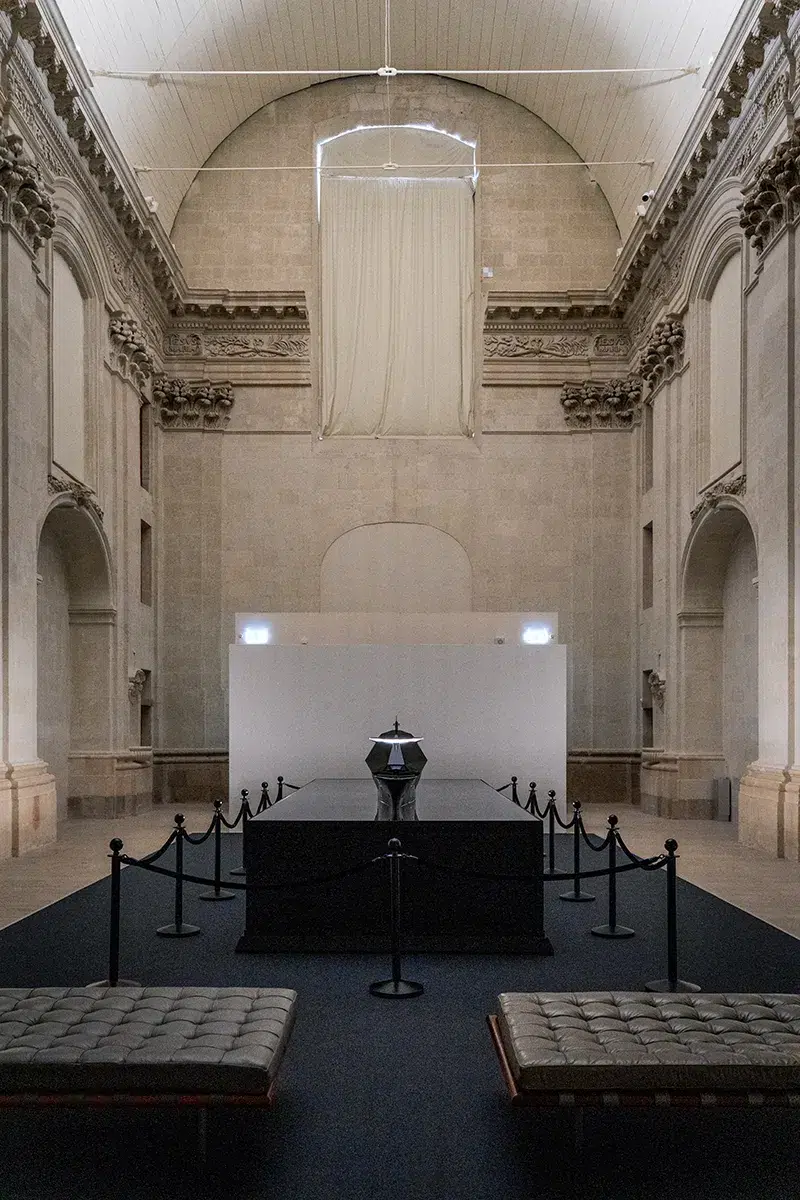
Visit the permanent collections of the Musée d’arts de Nantes
Take advantage of your visit to the exhibition to take a tour of the museum’s permanent collections, which offer a panorama of the major French and European artistic movements from the 13th century to the present day and are among France’s finest public collections.
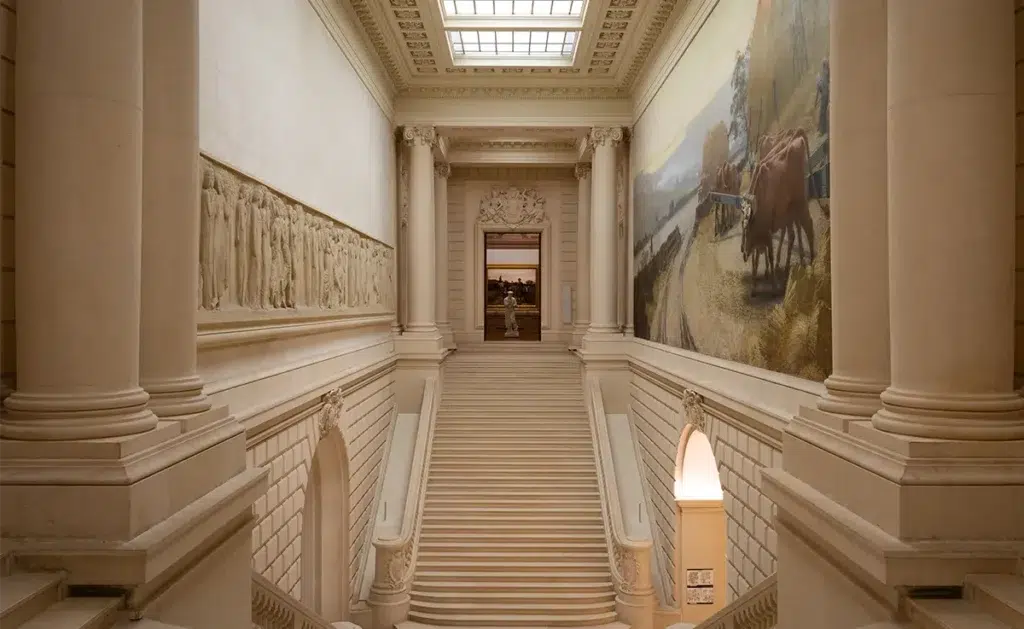
You can admire paintings by Georges de La Tour, Tintoret, Simon Vouet, Charles de La Fosse, Rubens, Watteau, Delacroix, Corot, Delaroche, Courbet, Renoir, Pissarro, Seurat, Signac, Sonia Delaunay, Ingres, Dufy, Signac, Monet, Kandinsky, Picasso, Chagall, Soulages, Fabrice Hyber, Anette Messager and Joan Mitchell.
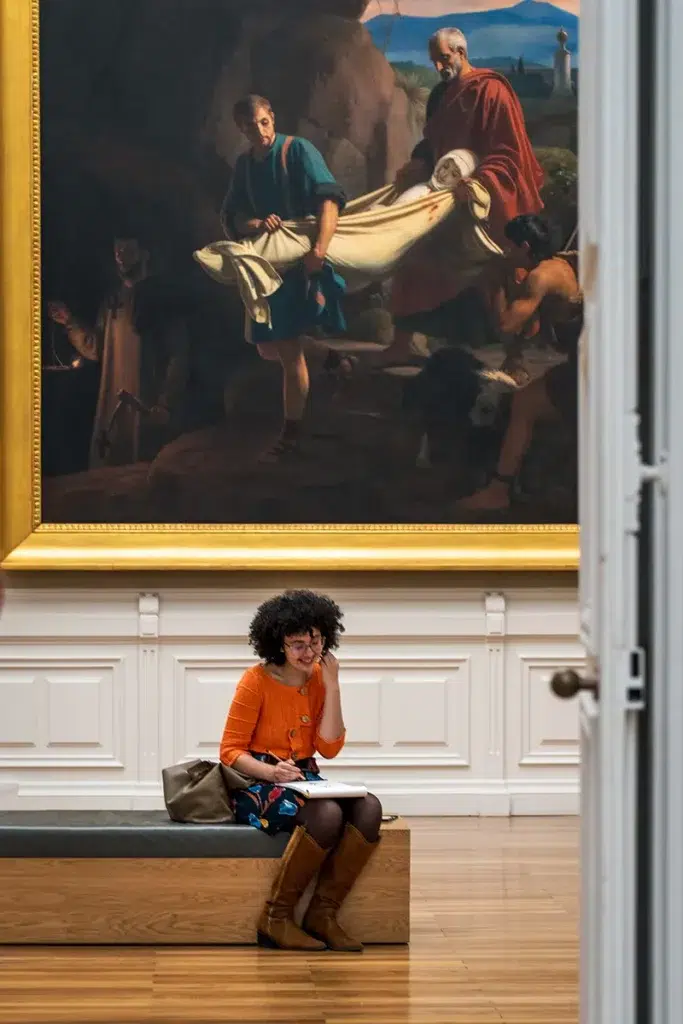
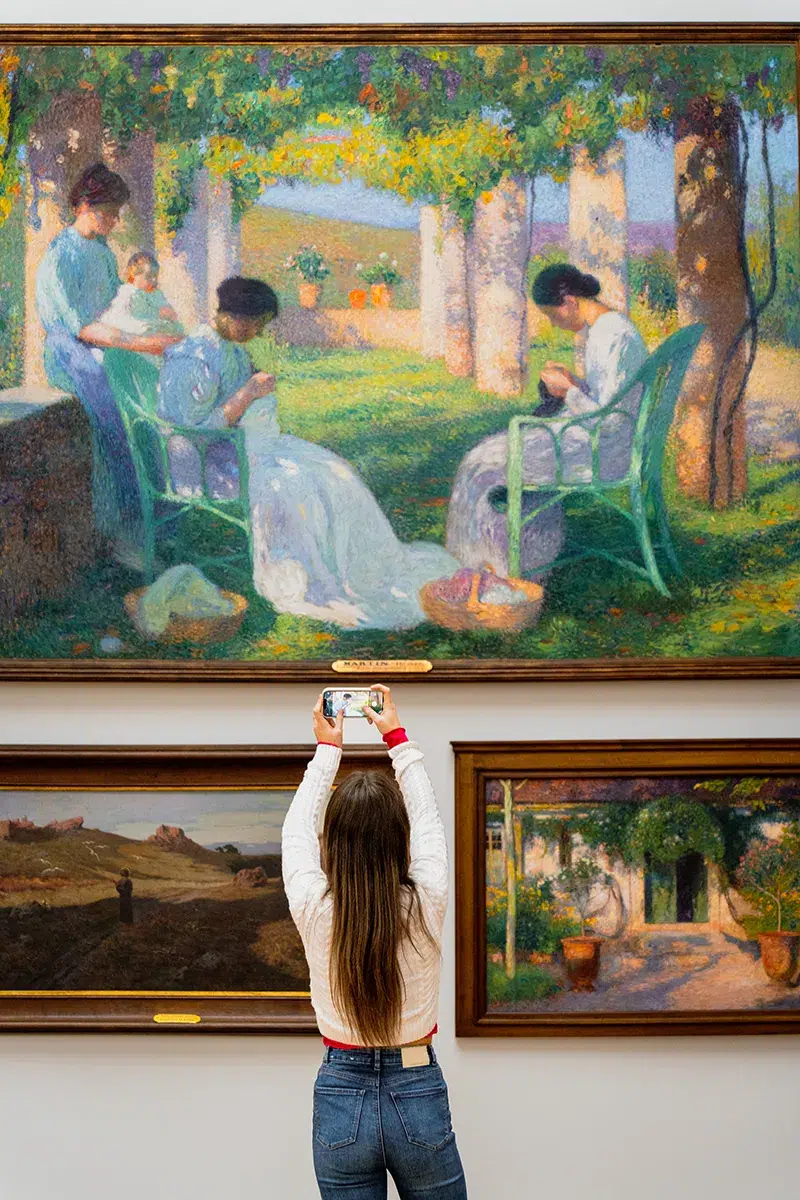

Practical information
Address:
10, rue Georges Clemenceau
44000 Nantes
Hours:
Every day, except Tuesdays, from 11am to 7pm
Nocturne on Thursdays until 9pm.
Museum website:
https://museedartsdenantes.nantesmetropole.fr/
Prices:
Full price: €9
Reduced price: 4
Free on Thursday evenings from 7pm, on the first Sunday of the month and for under-18s
Article produced in collaboration with the Musée d’arts de Nantes

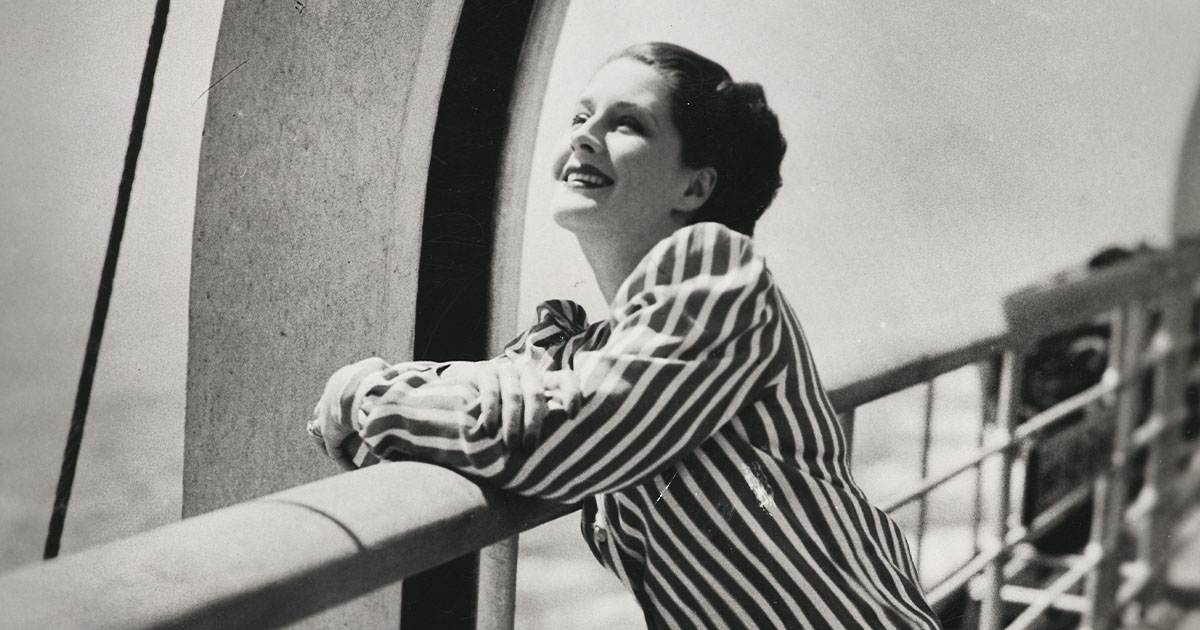



No Comments
Leave a comment Cancel